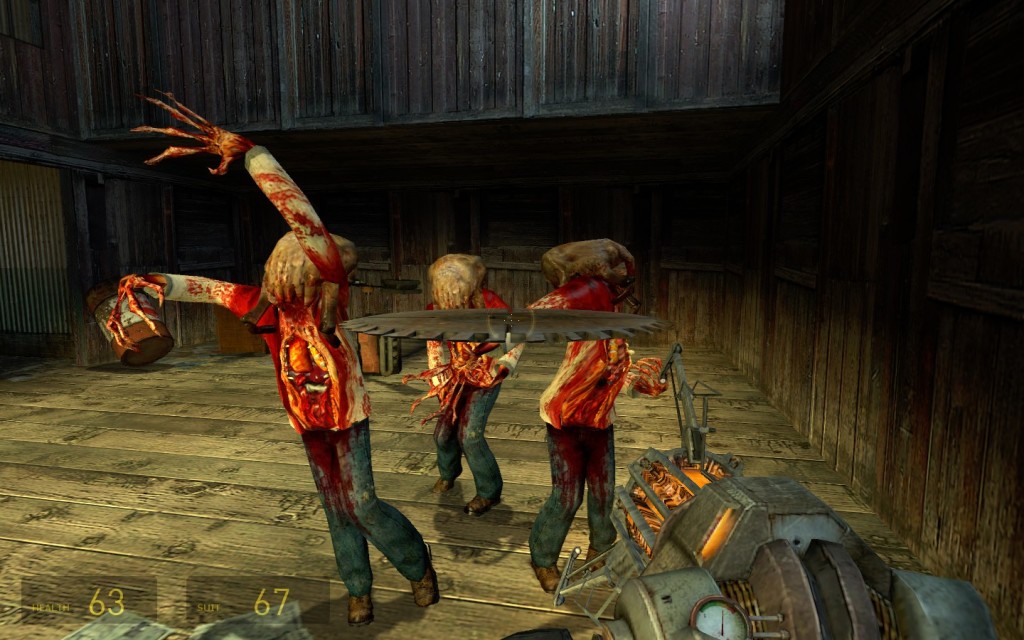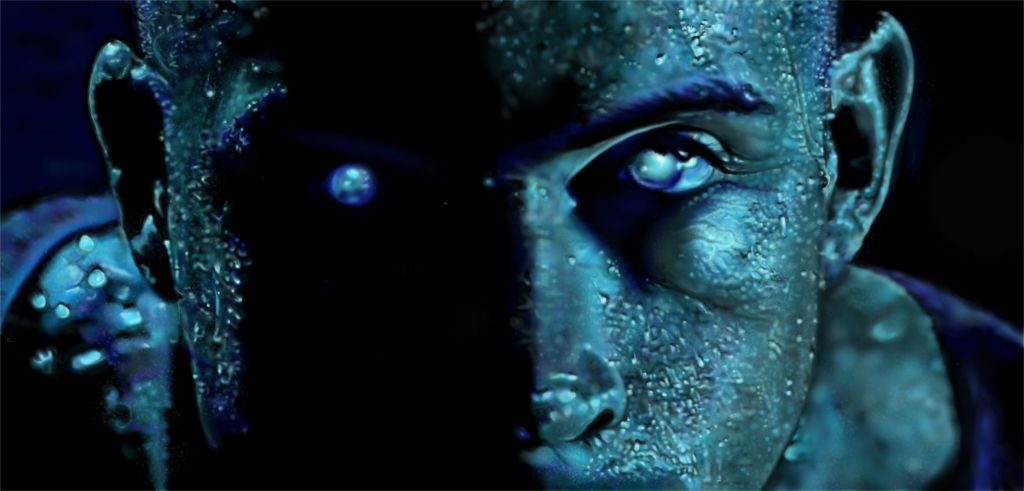Last updated on October 6, 2014
I remember 2005 as a strange year. I had just gotten my second serious PC Gaming rig the previous year after a failed experiment with CyberPower Inc. One should not, if unfamiliar, try to assemble a personal computer part by part. As a result, I somehow ruined my own device through a combination of bad fans, a horrible graphics card (even for 2004!), and a power supply that could barely power one room in a house. The wattage on that thing was terrible, and made Warhammer 40K: Dawn of War unplayable to the point of BSOD. A bunch of palpable ignorance from a high school student isn’t uncommon, but still.
The whole debacle, so obviously horrific, fixed itself when my accountant father took the PC for himself. Heck, it could do basic Windows XP functions, so it worked on that level. Success! In the meantime, I picked up one of the earliest Dell XPS systems – a sturdy monster of a system that made the sound of a fleet of 747s, it commanded every game of that year and nearly every year hence until I finally upgraded to a new PC (it still runs to this day, with nary a cleaning or a problem, and ran World of WarCraft up until recently at full frames per second).
Enough about me though. Why did I want to venture into PC gaming around 2004-5? Well, most people would say Half-Life 2, and they’d look at me quizzically when I say “not really”. I held no love nor nostalgia nor a need to see the Half-Life “saga” finished in its entirety. Honestly, I first got into PC gaming to play Unreal, because Unreal involved shooting aliens in beautiful locales in the vein and style of DooM. I did not feel any disappointment skipping Half-Life at all, and to this day I haven’t played the original. I imagine even Half-Life: Source hasn’t aged all that well, and though there’s plenty of ways to play it upgraded into visual splendor (such as the Black Mesa mod), I’m just not interested.

Of course, I did not give up the change to actually play it when it came with my brand spanking new Dell XPS for free, so I indulged the opportunity. Much as it revolutionized gaming storytelling, something felt missing. Here, I felt, was a rout first-person shooter with a gravity gun and – get this – physics puzzles. Woo, excitement. Of course, the game paces its game tropes well and throws out many varied obstacles, but driving (or boating) across barren desert wastelands, prisons, and Communist-modeled housing didn’t light a fire under me. If any game represents Valve for me, it’s Portal, where they streamlined the actual game portion into the plot machinations.
One other gigantic first person shooter came with its own series of expectations: DooM 3. We all thought DooM 3 would play much like it predecessors, except in the glorious light of a newer engine and better technology developed by iD (or just John Carmack, depending on who you ask). Was it me, or was 2004 the year when FPS games started to look absolutely amazing? Even Far Cry came out this year, starting Crytek on a path to graphical splendor (if not well-designed enemy AI). Honestly, the first person shooter genre boomed right around here, and then never looked back.
However, one strange little title stood out for me in all this mess, and if you hadn’t guessed its name by now, it’s in the title of this very article. I had vague familiarity with the Riddick series from watching Pitch Black, a competent if not particularly original science fiction film with a neat premise and a strange anti-hero character. Richard B. Riddick, in the Riddick universe, is the ultimate “bad-ass” character. If one word describes him, we could call the character a “predator”. He hunts, he tracks, and he kills without remorse or moral qualms. Riddick should not be anything more than a continual convict and a murderer, yet he frequently performs altruistic actions for people he barely knows.

Riddick’s supernatural abilities for violence come from his race; as a Furyan, a long-forgotten civilization of warriors who came to near extinction through military campaigns. As for the goggles? He either received “eyeshine” (the ability to see in the dark but not the light) through a black market operation or as the result of a prophecy regarding Riddick himself. Honestly, the story’s a little strange and confusing. If anything, we should say one thing: this does not sound, at first glance, like great material for a video game. We might also say that nearly every licensed game that came before it, especially based on films, did not live up to any expectation, nor foster any expectation. Gamers hated licensed products because they were designed to sell, not so that gamers would enjoy themselves. So we, as a collective, dismissed them after continual disappointment.
Vin Diesel, though, thought otherwise. Diesel, a longtime Dungeons & Dragons player as well as a video gamer himself, saw potential in the medium. He thought, quite presciently, that the future of media and marketing would come from a cross-platform approach, and also allow him to further the Riddick mythos with David Twohy, the director of the films. So it was that the prequel to the sequel, Escape from Butcher Bay, came into being. Inspired by prison escape films and a variety of game genres mixed into a wonderful hodgepodge, it’s truly one of my favorite game experiences of all time precisely due to that strange melting pot. Always simmering with new ideas, it frequently launches you into unfamiliar territory for a first person shooter with an incredibly focused, alternately nonlinear, and always challenging single-player campaign that’s also thematically consistent throughout.
Honestly, I found myself as surprised as you to sing the praises of Escape from Butcher Bay in contrast to another decade’s worth of first person shooting excellence. Plenty of games came after this one, yet it sticks in my mind as the greatest single player FPS that I played. What blasphemy, you say! There’s no shame for me. My laurels rest on a rather intriguing game that hasn’t been topped since in its variety. Given that it takes place in a prison, it’s a rather dark game, but that’s par for the course, but the setting shouldn’t dissuade anyone from trying it out. The quality of the game seems inevitable from the first screen to the last.
Like Peter being delivered from imprisonment by the craziest of miracles (Acts 12), who could be anything less than astonished to find a person in prison knocking on your door?
…he went to the house of Mary, the mother of John who was also called Mark, where many were gathered together and were praying. 13 When he knocked at the door of the gate, a servant-girl named Rhoda came to answer. 14 When she recognized Peter’s voice, because of her joy she did not open the gate, but ran in and announced that Peter was standing in front of the gate. 15 They said to her, “You are out of your mind!” But she kept insisting that it was so. They kept saying, “It is his angel.” 16 But Peter continued knocking; and when they had opened the door, they saw him and were amazed. 17 But motioning to them with his hand to be silent, he described to them how the Lord had led him out of the prison. And he said, “Report these things to James and the brethren.” Then he left and went to another place.
That wasn’t a sure thing, though, in this case or in the case of a movie-based video game! You’ll note they doubted, even though they believed in the same God and believed the same things about Him. We’re inclined to doubt from the onset, and what else could make you doubt than the physically impossible?
In that sense, it’s remarkable that such a diverse and wonderful game could even exist, but here we are.
